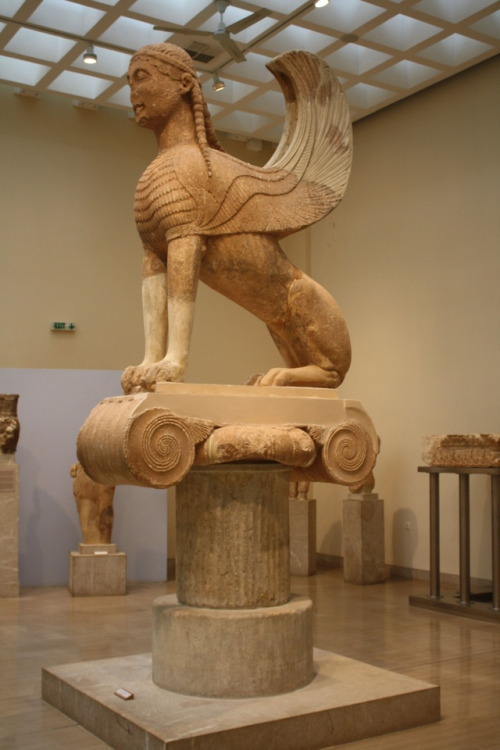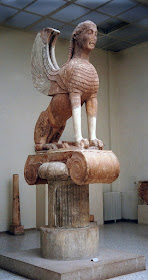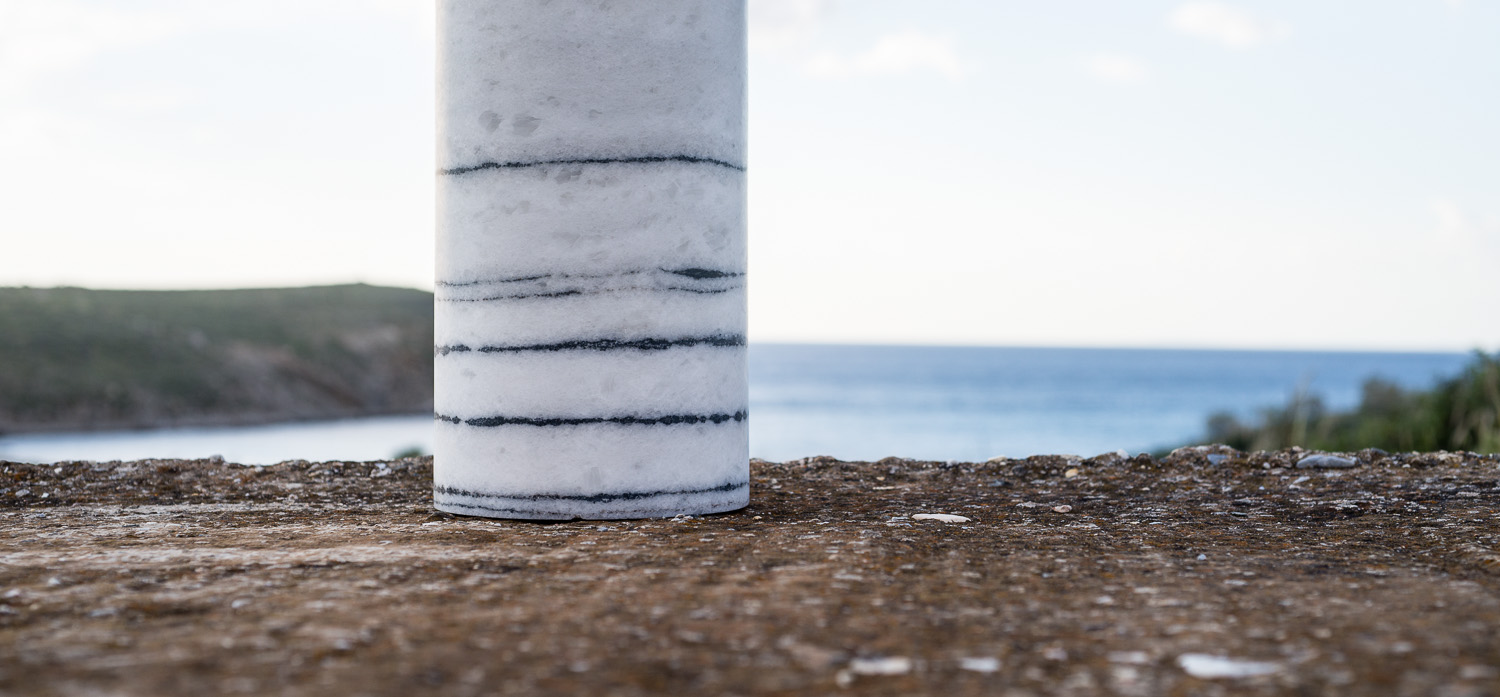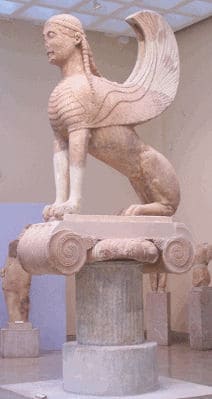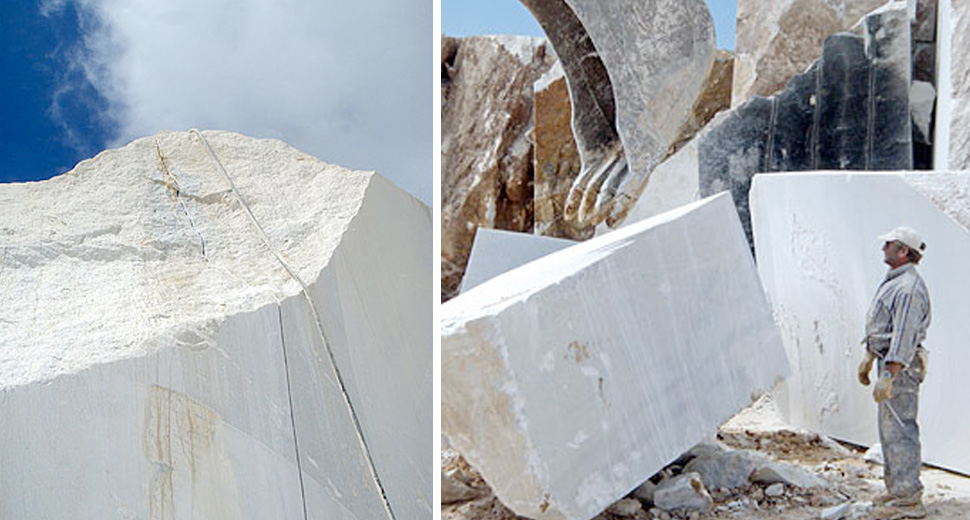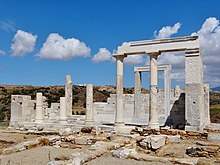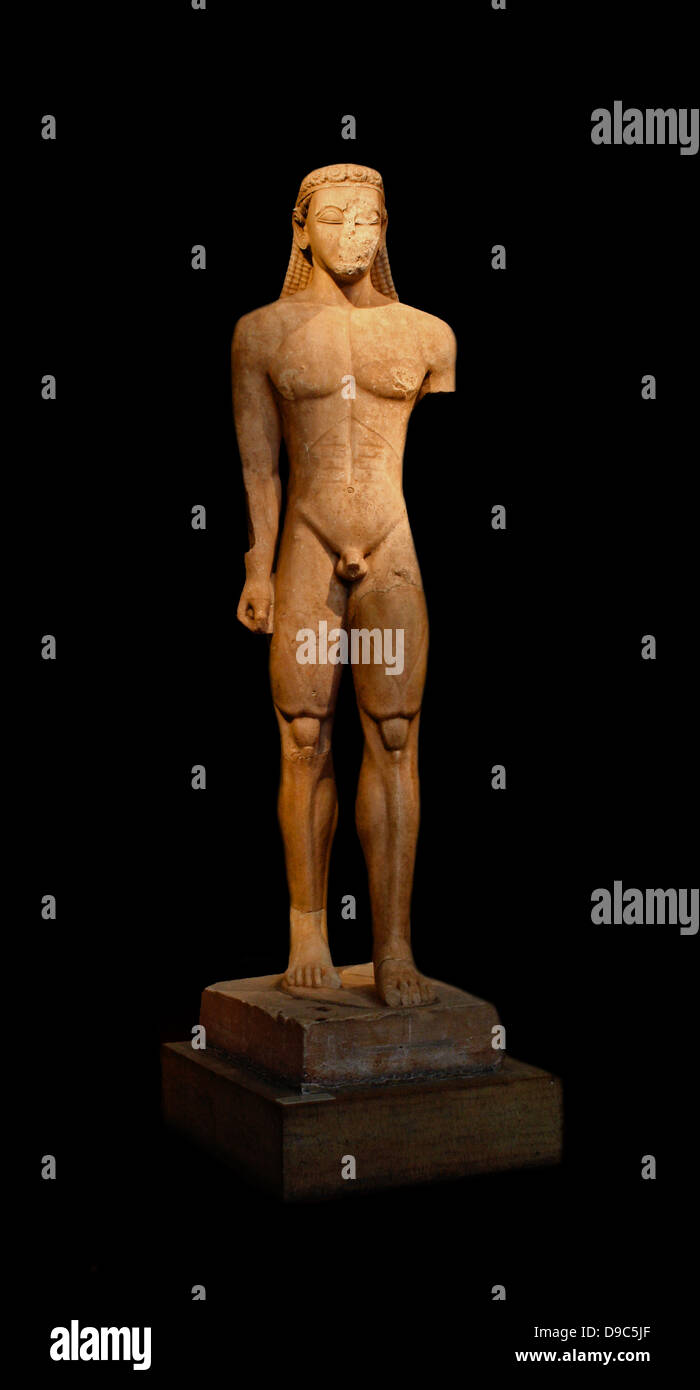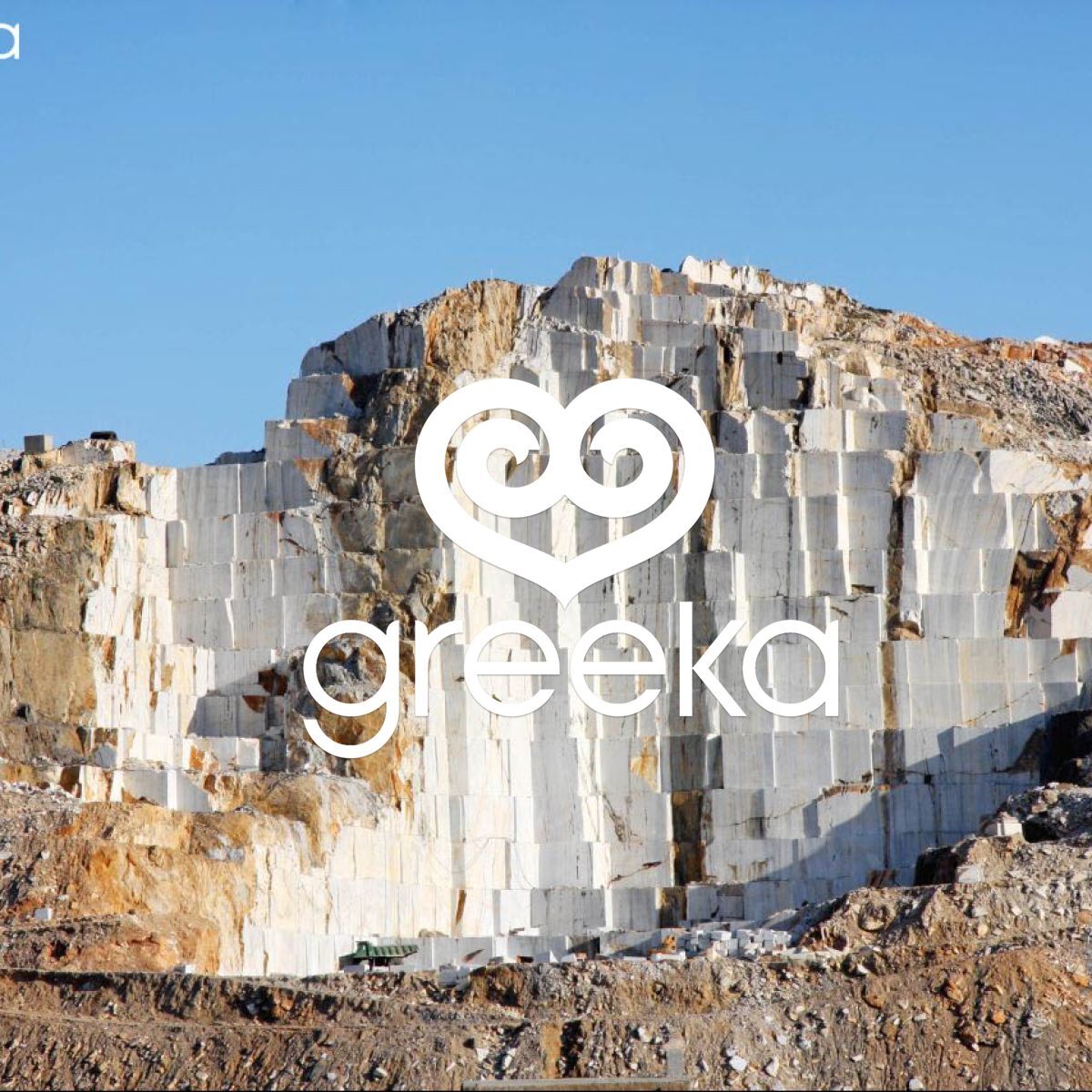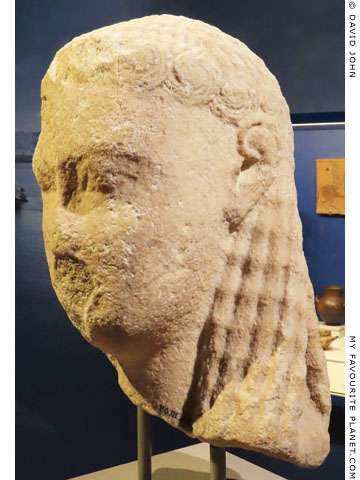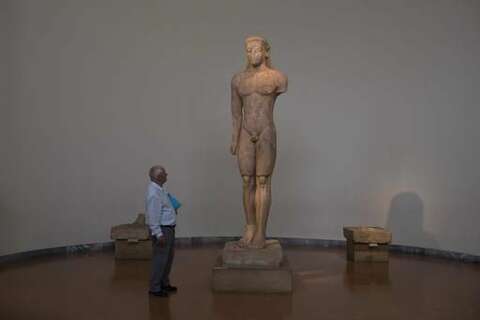All that remains today are the platform of the temple some columns and architectural fragments and the north west portal made from three massive blocks of naxian marble with a clear.
Tamples made of naxian marble.
Naxian statues or statues made of naxian marble were found for example in rhodes samos athens delphi and sicily.
The 6th century bc temple of demeter made from some of the finest naxian marble and dedicated to the ancient goddess of grain it s no coincidence that the area around sangri is considered amongst the most fertile on the island.
The island also gave birth to extremely skilled stone carvers and craftsmen who have highly sought after.
In the sixth century b c.
Naxos marble is 2 quartz and 98 calcite giving it is shiny appearance that seems to gleam with the light.
Built in 530 520 bc almost a full century before the acropolis parthenon it is a wonderful example of the use of naxian marble which when the temple was complete would have had a series of outer and inner ionic columns supporting a roof as well as all the sculptures.
Being the first greek island to work with marble naxos led the way in creating some fantastic and memorable structures.
The pose provided a clear simple formula that was used by greek sculptors throughout the sixth century b c.
All the selected pieces have an aggregation of amphibolites black veins in the marble.
This combination of marble and amphibolites makes each piece unique and unrepeatable just as it is impossible to find in nature two stones that are the same.
The monument created awe to the visitors and constituted a typical example of naxian sculpture in its peak period i e.
All that remains today are the platform of the temple some columns and architectural fragments and the northwest portal made from three massive blocks of naxian marble with a clear.
The temple was begun by the tyrant lygdamis who ruled naxos from 545 to 524 bc but it was unfinished at the end of his reign and never thereafter completed.
The monument was made entirely of marble and reached 12 45 meters in height.
On the base there was an inscription dated to 328 327 b c renewing the promanteia for the naxians.
A little outside the village of sangri is another cultural highlight of naxos.
The rigid stance with the left leg forward and arms at the side was derived from egyptian art.
The island of naxos exported not only marble and finished statues to the neighbouring islands and the mainland but above all the technique of marble processing and the characteristic ionian temple architecture of the islands.
The temple was begun by the tyrant lygdamis who ruled naxos from 545 to 524 bc but it was unfinished at the end of his reign and never thereafter completed.
Oto marble lights are exclusively made of naxian crystallina.
A perfect example is the temple of demeter at gyroulas sagri.
Greece is a country that has bestowed a number of incredible marble monuments and sculptures to the world.
This is one of the earliest marble statues of a human figure carved in attica.









